Rainforests are home to some of the planet’s most fascinating and elusive mammals. These dense, vibrant ecosystems provide the perfect cover for creatures that prefer to stay hidden. This article explores the lives of these rare rainforest creatures and the efforts to safeguard their declining populations.
Snow Leopard
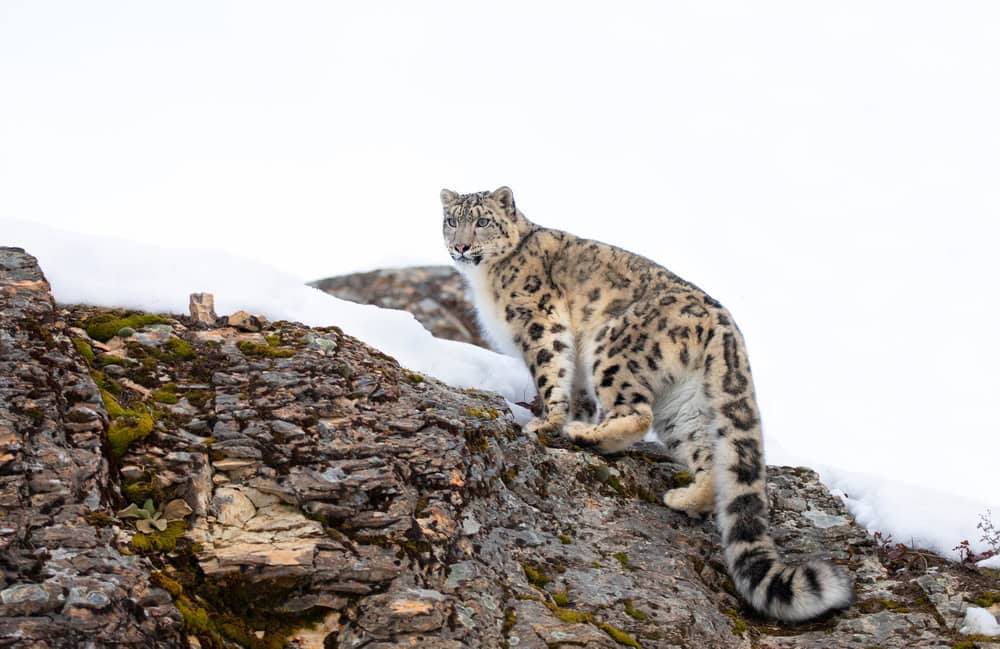
Snow Leopards, originating from Central and South Asia (Mongolia, China, India, Nepal, and Bhutan), are known for their smoky-gray fur adorned with black rosettes and spots. Their powerful hind legs allow them to leap significant distances, aiding in hunting prey like blue sheep and ibex. Solitary and nocturnal, they traverse vast, remote territories, making sightings rare. Their ability to blend into rocky environments makes them more challenging to find. With a conservation status of vulnerable, their protected status emphasizes the need for their continued protection.
Jaguar

Jaguars, originating from Central and South America, are the largest cats in the Americas. They possess a robust build, powerful jaws, and a striking coat adorned with rosettes. Unlike most big cats, their swimming skills allow them to hunt deer, peccaries, and caimans in and around water bodies. Since they prefer dense forest cover and are nocturnal, they are very elusive. Despite their adaptability, their conservation status is near threatened due to habitat loss and unlawful poaching, which threaten their survival.
Wolverine
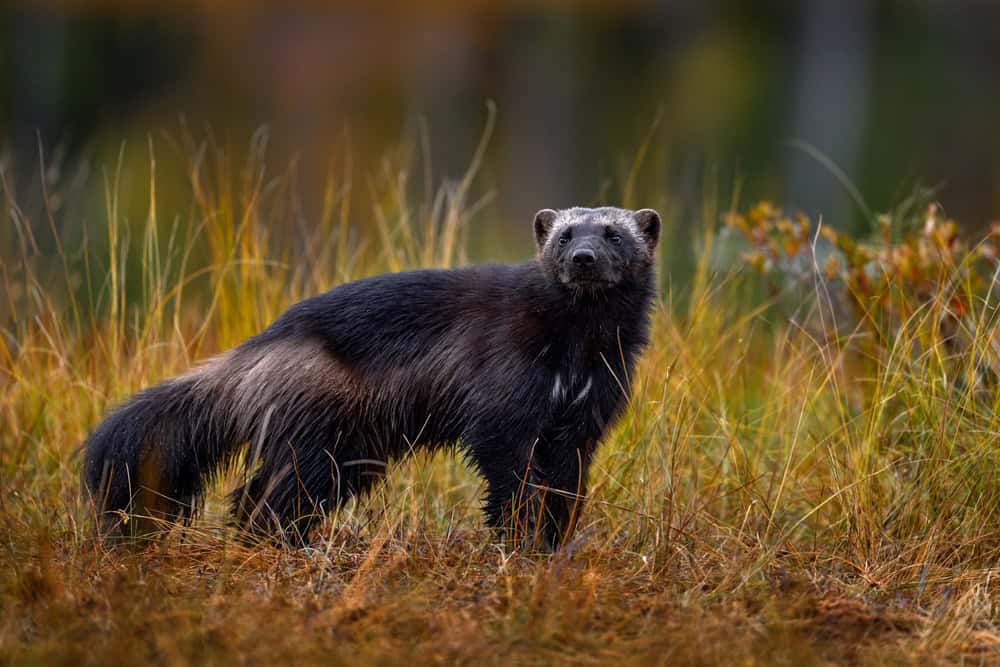
Wolverines, originating from North America and Eurasia, are distinguished by their stocky, muscular bodies, thick dark fur, and a pale stripe from shoulder to tail. These solitary creatures traverse vast home ranges, exhibiting remarkable strength and resilience. Capable of hunting animals much larger than themselves and scavenging carrion, wolverines thrive in harsh environments. Despite their conservation status being least concern, their solitary lifestyle, wide-ranging travels, and attraction to distant, mountainous settings make them rare even in their native habitats.
Mountain Lion
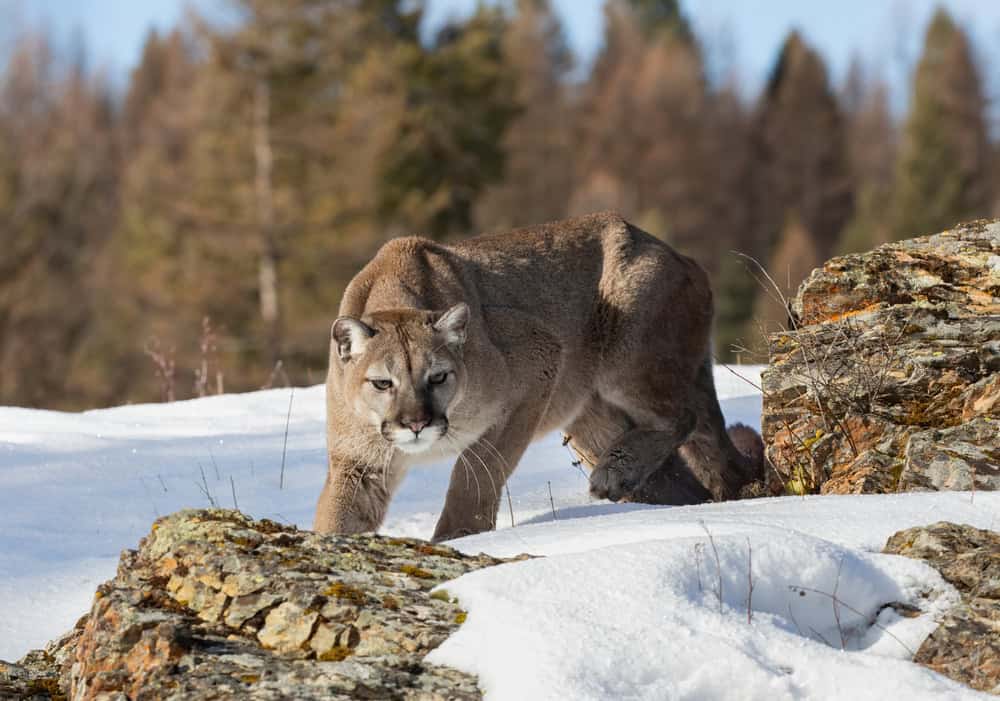
Mountain Lions, originating from America, are mighty, adaptable predators with a tawny coat, muscular build, and long tail. These solitary cats are elusive due to their excellent camouflage, secretive nature, and nocturnal activity. They are skilled hunters, capable of taking down prey as large as deer, and often travel great distances within their territories. With a conservation status of least concern, their stealth, agility, and knack for avoiding humans make them ghostly, rarely-seen inhabitants of various environments.
Giant Panda

Giant Pandas, originating from China, are iconic for their distinctive black-and-white fur and robust bodies adapted to a bamboo diet. Their solitary nature and low reproductive rate make encounters with them rare. Pandas spend most of their time feeding on bamboo, resting, and occasionally climbing trees. Despite their large size, they are adept climbers and swimmers. Their conservation status is vulnerable, and the inaccessibility of their mountainous woodland environment and shyness make them one of the most elusive mammals.
Black-footed Ferret
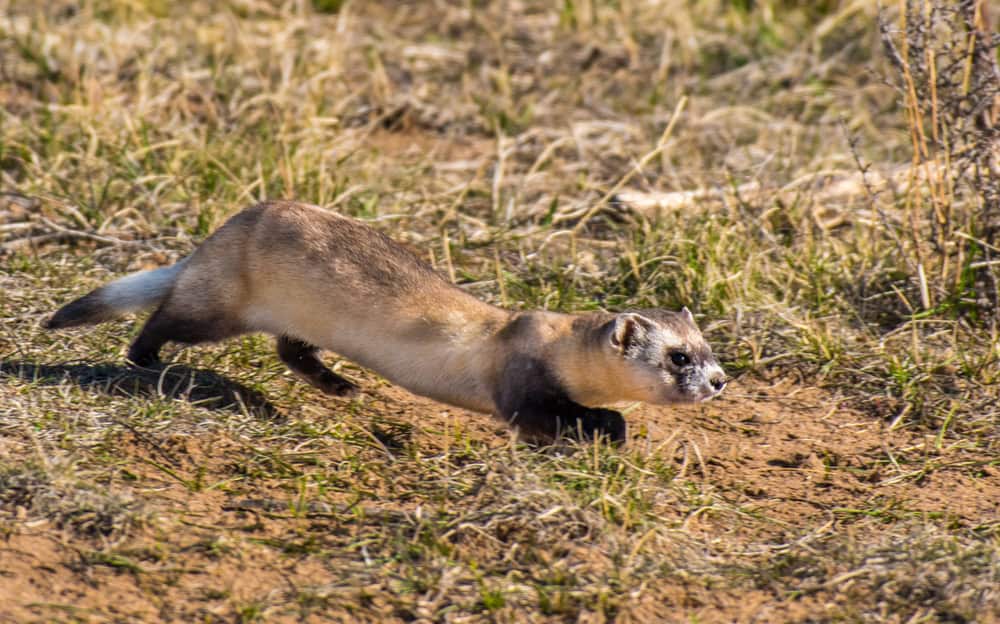
Black-footed Ferrets, originating from North America, are currently classified as Endangered. These slender creatures have a pale body with distinct black markings on their feet, tail tip, and mask-like face. Their nocturnal and solitary behavior makes them extremely hard to spot. They rely heavily on prairie dog colonies for food and shelter, spending most of their time in burrows. Their elusive nature is compounded by their reclusive habits and the fact that they are most active at night. Despite captive breeding and reintroduction programs, their populations remain at risk.
Giant Forest Hog
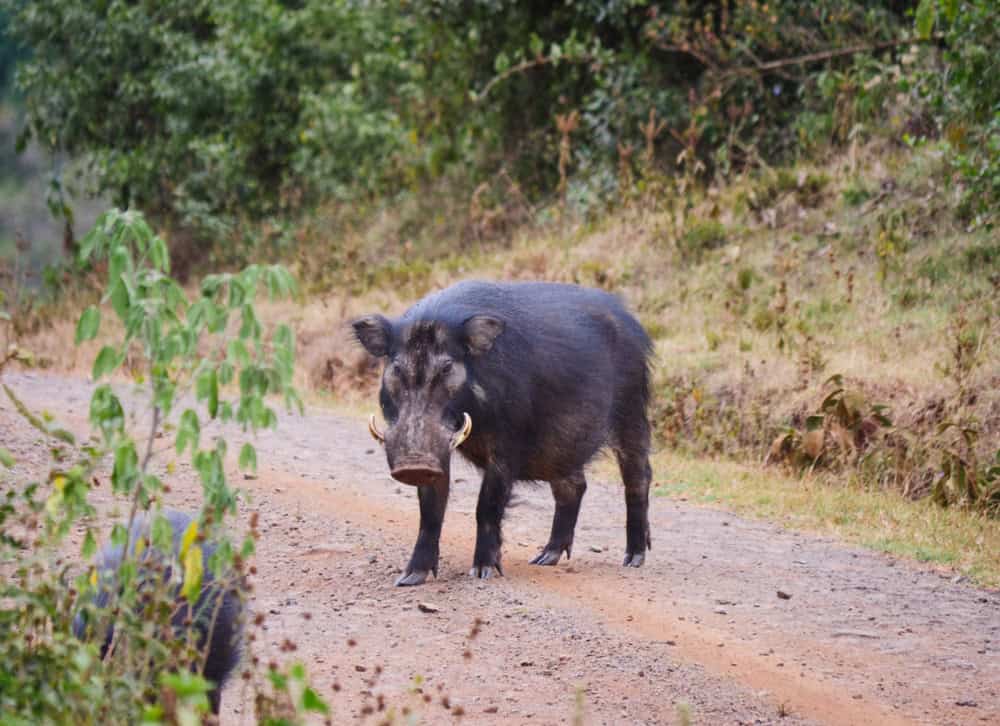
Giant Forest Hogs, native to Central and Eastern Africa, are listed as Least Concern. They have a bulky, dark body with coarse hair and prominent tusks that can grow up to 35 centimeters long. Their nocturnal behavior and preference for dense, thick woodlands make them elusive. These hogs feed on various plant materials, including roots, tubers, fruits, and occasionally small animals. Their keen sense of smell and cautious behavior help them avoid predators and human contact.
Aardvark
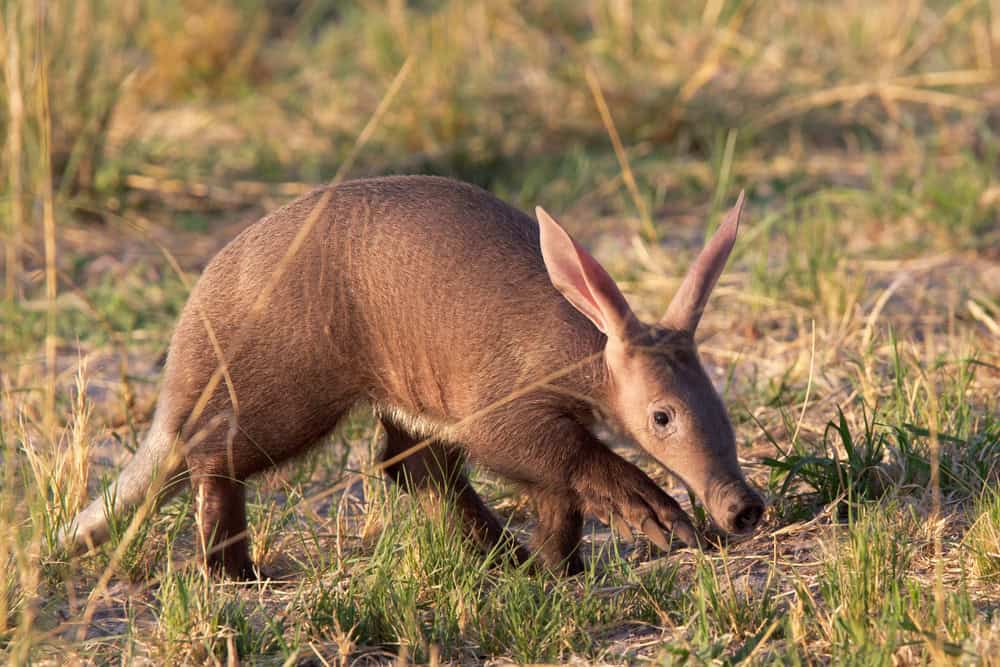
Aardvarks, found in Sub-Saharan Africa, are classified as Least Concern. They have a unique appearance with a pig-like snout, long ears, and a sturdy body covered in sparse hair. Their elusive nature is attributed to their nocturnal and solitary lifestyle. Digging for insects and creating considerable holes to hide from predators, Aardvarks utilize their keen claws. Their reclusiveness and preference for remote, undisturbed areas make them hard to monitor in the field. Their burrowing activities also play a crucial role in the ecosystem, aerating the soil and creating habitats for other animals.
Platypus

Platypuses, originating from Eastern Australia, are Near Threatened. They are unique egg-laying mammals with a duck-like bill, webbed feet, and a beaver-like tail. Due to their underwater and nocturnal habits, they are hard to see. They hunt underwater, using their sensitive bill to detect prey such as insects, larvae, and small crustaceans. Very few people see platypuses since they live in peaceful waterways with lots of vegetation. Their quiet, isolated lifestyle and ability to stay underwater make them harder to come by. Conservation efforts focus on their natural habitats and the effects of human activity on their populations.
Red Panda
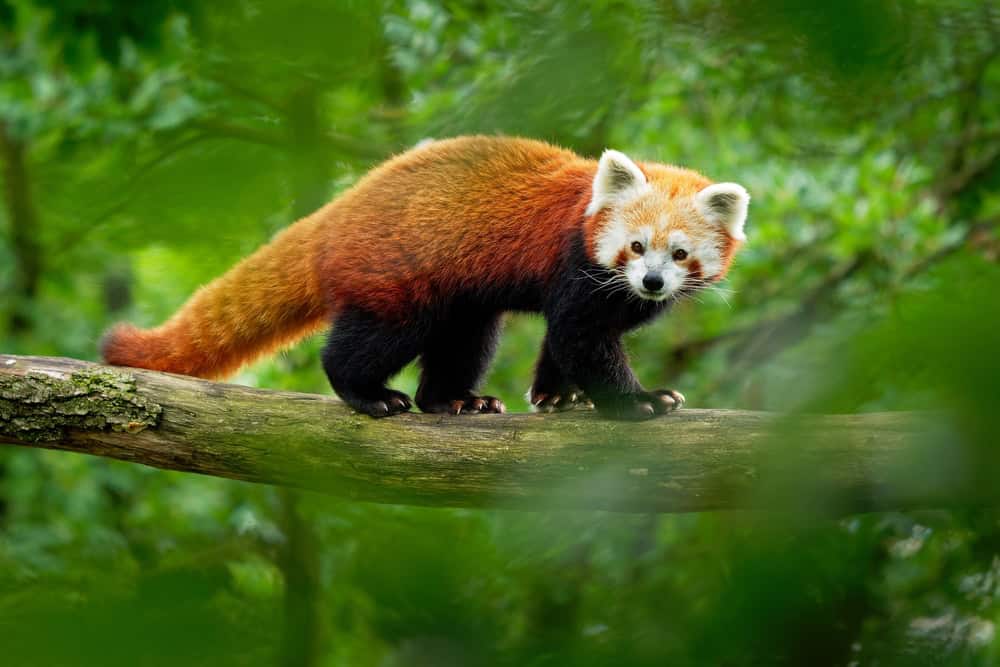
Red Pandas, found in Nepal, India, Bhutan, and China, are Endangered. They have a striking appearance with reddish-brown fur, a bushy tail with rings, and a masked face with white markings. They avoid humans because they are solitary and crepuscular (active at dawn and dusk). These pandas spend much of their time in trees, using their sharp claws and agile limbs to navigate the forest canopy. They feed primarily on bamboo but also consume fruits, acorns, and small insects. Their preference for dense, remote forests and their quiet, solitary habits make sightings rare and precious.
White Lions
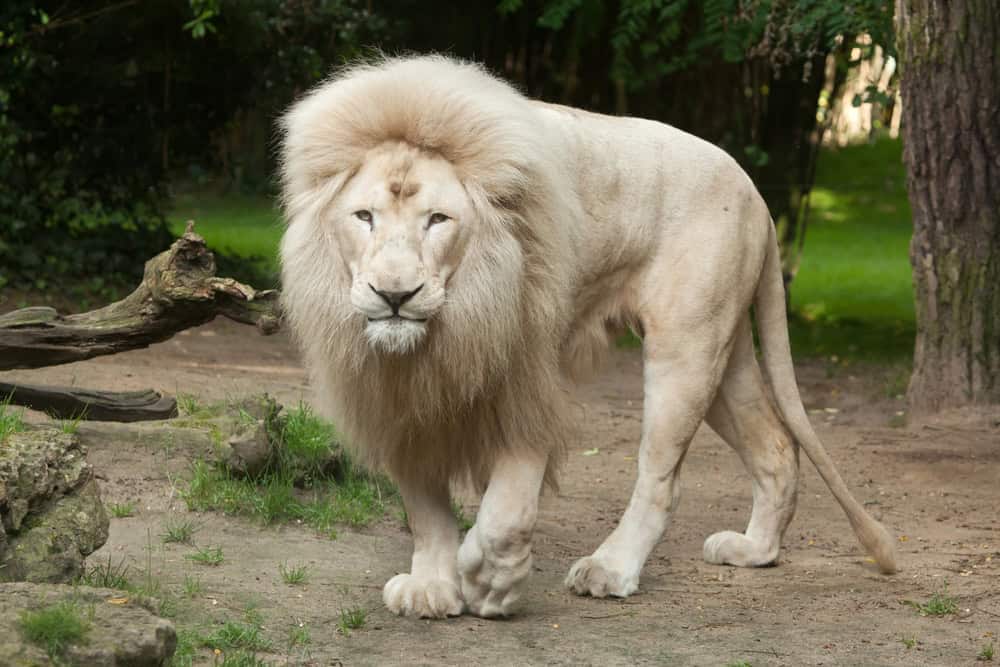
White Lions, native to the Timbavati region in South Africa, are classified as Vulnerable. They possess a striking white coat caused by a recessive gene. This unique coloration makes them highly prized in captivity, reducing their wild populations. Their elusiveness stems from their limited natural range and their tendency to blend into the savanna’s pale grasses. They exhibit similar behaviors to regular lions, including social pride dynamics and nocturnal hunting. Efforts to reintroduce them into the wild face challenges due to their visibility to predators and poachers.
Tapir
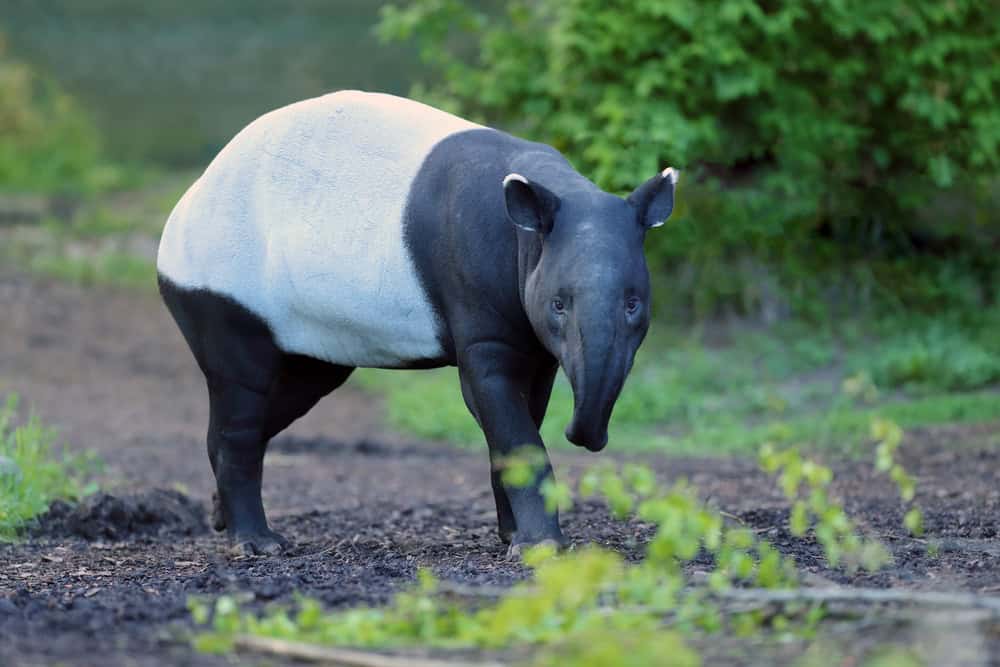
Tapirs, originating from Central and South America, Southeast Asia, and the Andes, are marked by their distinctive, prehensile snout, short legs, and robust body. Their endangered status is compounded by their elusive nature, due to their solitary and nocturnal habits. To avoid detection, Tapirs hide in thick underbrush close to bodies of water. They feed on leaves, fruits, and aquatic vegetation, and are excellent swimmers, often seeking refuge in water when threatened. Despite their size, their ability to remain hidden in dense vegetation makes them difficult to spot in the wild.
Siberian Tiger

The Siberian Tiger, originating from Eastern Russia, China, and North Korea, is the largest of the tiger subspecies, with a thick fur coat adapted to cold climates. Their endangered status is tied to their elusive nature, as they require large territories and are primarily nocturnal. These tigers prefer dense forests and mountainous regions, making sightings rare. As potent hunters, they prey on deer, wild boar, and sometimes bears. Anti-poaching and habitat restoration efforts are crucial for their recovery, but their reclusive lifestyle and the vast expanses they roam keep them largely out of human sight.
Ocelot

Ocelots, originating from Central and South America, are small, nocturnal cats with a distinctive golden-yellow coat marked by black spots and rosettes. Their conservation status is of least concern, yet their elusive nature stems from their secretive, solitary lifestyle and preference for dense cover. During the day, Ocelots climb trees and rest. They hunt various prey, including rodents, birds, and small reptiles. Their quiet, stealthy movements and predilection for secluded settings make them hard to see in the wild, despite not being endangered.
Mountain Gorillas
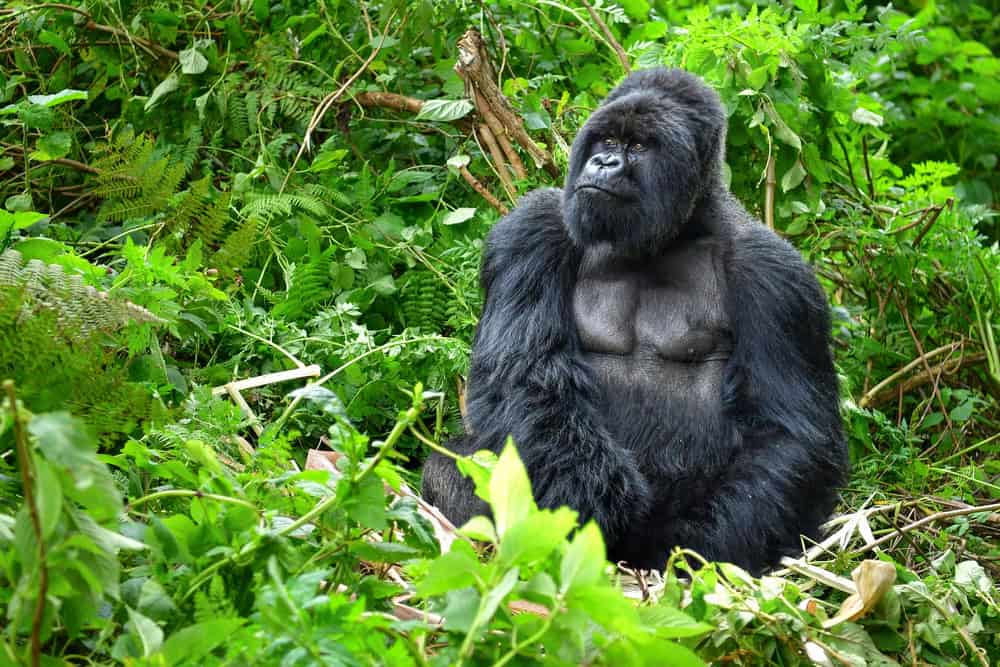
Mountain Gorillas, originating from Central Africa, are large, powerful primates with thick fur adapted to cold mountainous environments. Their conservation status is endangered, and their limited habitat, tiny population, and rugged terrain make them rare. Gorillas live in social groups led by a dominant silverback male. They spend much time foraging for vegetation and building nests for resting. Habitat protection, anti-poaching patrols, and eco-tourism support local communities and gorilla conservation. Despite these efforts, their remote habitats and cautious nature contribute to their elusiveness.
This article originally appeared on Rarest.org.
More from Rarest.org
1979 Liberty (Silver) Dollar Value Guide

The Susan B. Anthony dollar was first made available in 1979 by the United States Mint. The coin was comprised of 91.67% Copper and 8.33% Nickel. Read More.
1996 Kennedy Half Dollar Value Guide

The 1996 half dollar is part of the Kennedy half dollar series that was first issued by the US Mint in 1964, a year after the assassination of John F. Kennedy, the 35th president of the United States. Read More.
10 Rarest American Girl Dolls Ever Made

American Girl Dolls are a collector’s dream. Created in 1986, these high-end toys come with elaborate back stories, associated outfits and furniture, and can visit a designated doll hospital at one of the many stores. Read More.
